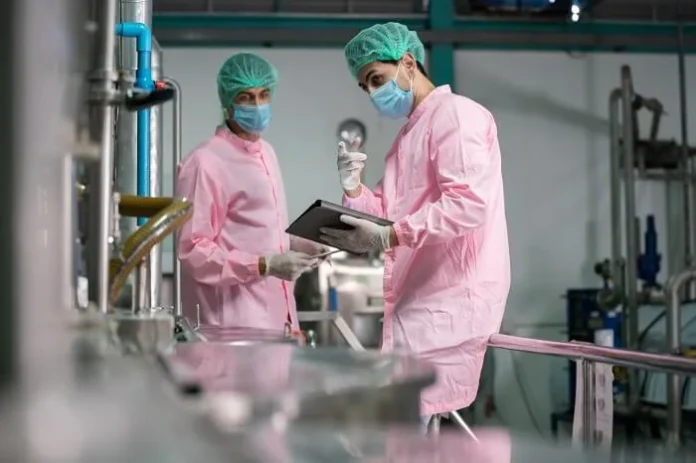We are all surrounded by unseen contaminants – toxic substances created from a variety of sources that threaten our health and the environment.
How can we reduce these risks? The answer lies in implementing strategies to achieve purity while limiting exposure to contaminants.
In this blog post, we will discuss contamination risk reduction techniques that you can use to protect yourself and your family, as well as to promote an altogether healthier lifestyle.
Invest in filtration systems to ensure contaminants are removed
Investing in filtration systems is crucial for those who want to ensure that unwanted particles and contaminants are removed from their environment.
Whether it’s a residential or commercial space, a filtration system can drastically improve the air quality and overall health and safety for those who inhabit the area.
By removing allergens, pollutants, and other harmful substances, those with respiratory issues can breathe easier.
With all of the benefits that come with a filtration system, it’s no wonder that more and m
Limit use of small plastic containers to reduce chemical exposure
Plastic containers, especially small ones, can be potential sources of contamination.
They often contain chemicals like BPA and phthalates, which can leach into food and drinks, leading to health risks over time. To reduce exposure to these harmful chemicals, it’s recommended to limit the use of small plastic containers.
Opt for glass, stainless steel, or BPA-free containers whenever possible. Remember to read labels carefully and avoid heating food in plastic containers, as heat can accelerate the leaching of chemicals.
Inspect all incoming products and materials for contamination
In today’s fast-paced world, it’s more important than ever to ensure the safety of the products and materials we use. That’s why it’s essential to thoroughly inspect all incoming items for any potential contamination.
Contamination can come from a variety of sources, from biological to chemical, and can pose a serious threat to both human health and the environment.
Whether you’re in the food industry, healthcare, or manufacturing, inspecting incoming items is a critical step in maintaining quality and safety standards.
Isolate processes to reduce the spread of cross-contamination
Eliminating cross-contamination is crucial in any setting, especially in places that handle food or medical equipment. It’s essential to isolate processes to prevent the spread of harmful bacteria and viruses that can cause illness or infection.
This can be achieved by implementing proper cleaning and sanitization procedures and closely monitoring the use of equipment and tools.
The isolation of processes is particularly important in large facilities where multiple departments and individuals are handling various materials and equipment.
Utilize airflow patterns to prevent airborne contamination
In the world of science and healthcare, preventing airborne contamination can be a matter of life and death. This is where airflow patterns come into play.
This is crucial in hospitals, labs, and other settings where dangerous viruses or bacteria may be present.
With the right airflow patterns in place, scientists can ensure that no particle or droplet goes where it shouldn’t, keeping both patients and researchers safe. Harnessing the power of airflow patterns is just one of the many ways that science is working to protect us all.
Educate staff members on best practices for contaminant reduction
Keeping a workplace free from contaminants is essential, not just for the health and safety of employees but also for the success of a business.
To ensure that your staff members are equipped with the best practices for contaminant reduction, it’s important to provide them with comprehensive training.
This includes identifying and understanding the types of contaminants commonly found in a workplace, as well as how to properly handle and dispose of them.
Additionally, it’s important to educate your employees on proper hygiene practices to maintain a clean and healthy environment.
It is essential to incorporate contaminant reduction processes and procedures into your workplace environment. Investing in filtration systems can help ensure the safety of staff members and customers alike.
Creating a contamination risk assessment plan will help identify potential sources of contaminants, as well as detect areas where preventive measures need to be implemented.


